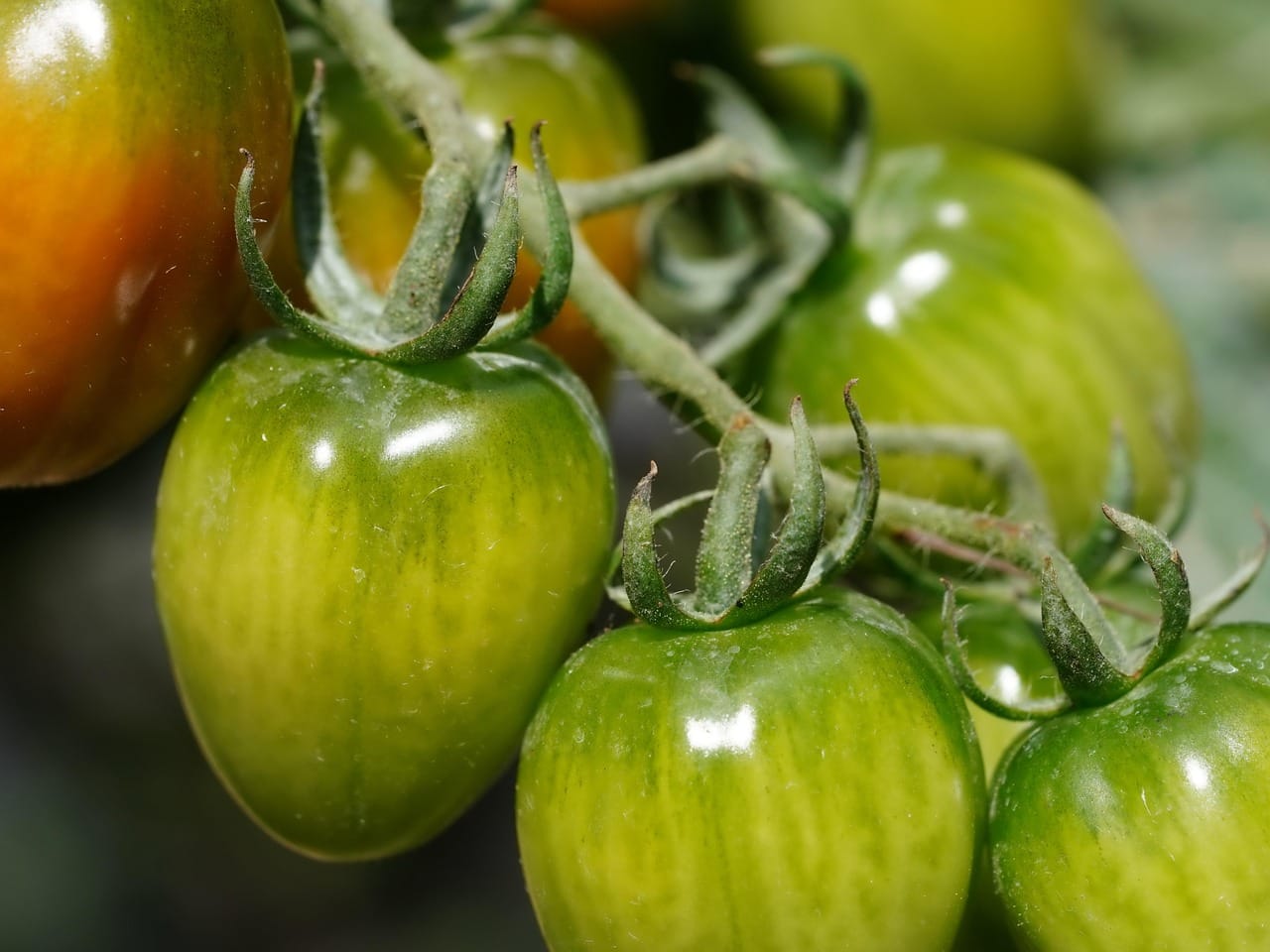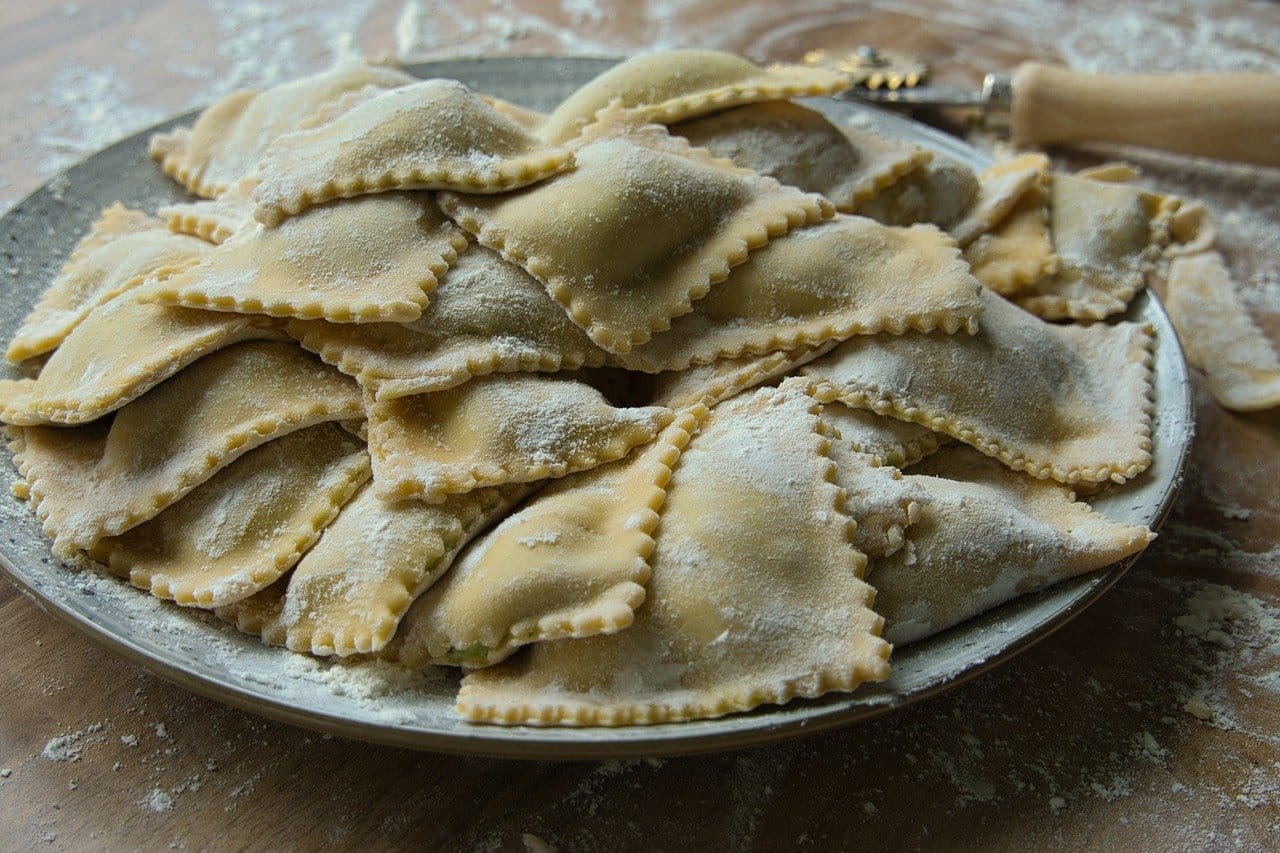Vegan risotto, once a culinary curiosity, is now a staple in plant-based kitchens worldwide. Creamy, comforting, and surprisingly versatile, this dish showcases how simple ingredients can transform into something truly spectacular. Whether you’re a seasoned vegan or simply looking to incorporate more plant-based meals into your diet, mastering the art of vegan risotto is a rewarding endeavor. This guide will walk you through everything you need to know, from ingredient selection to perfecting the cooking technique, ensuring your risotto is a resounding success.
Understanding Vegan Risotto: The Basics
What Exactly Is Risotto?
Risotto is traditionally an Italian rice dish made by slowly cooking rice in broth until it reaches a creamy consistency. The gradual addition of liquid and constant stirring releases starches from the rice, creating that signature velvety texture. The traditional version relies heavily on butter and Parmesan cheese for richness, which necessitates some creative substitution in the vegan version.
Key Differences Between Traditional and Vegan Risotto
The main difference lies in replacing dairy products. Instead of butter, we’ll use olive oil or vegan butter. The Parmesan cheese is replaced with nutritional yeast, plant-based cheese alternatives, or a combination of both to achieve that umami flavor. The broth is, of course, vegetable-based, ensuring the dish remains completely plant-based.
Benefits of Choosing Vegan Risotto
Opting for vegan risotto offers numerous advantages:
- Healthier Fats: Using olive oil or vegan butter reduces saturated fat intake compared to traditional butter.
- Reduced Cholesterol: Vegan risotto is naturally cholesterol-free.
- Increased Fiber: Vegetable-based broths and additions like vegetables and mushrooms boost the fiber content.
- Environmental Impact: Choosing plant-based meals reduces your carbon footprint.
- Ethical Considerations: Avoiding dairy aligns with vegan ethical principles.
- Dietary Flexibility: Easily adaptable to gluten-free diets (ensure broth is gluten-free).
Ingredient Selection: The Foundation of Flavor
Choosing the Right Rice
Arborio rice is the most common choice for risotto due to its high starch content, which contributes to the creamy texture. Other options include Carnaroli (considered superior but harder to find) and Vialone Nano. Avoid using long-grain rice, as it won’t release enough starch.
Vegetable Broth: The Liquid Gold
A high-quality vegetable broth is crucial. Homemade broth is ideal, but store-bought options work as well. Look for low-sodium varieties to control the salt content. You can also use bouillon cubes or vegetable stock concentrate, but be mindful of artificial additives.
- Tip: Roasting your vegetables before making broth intensifies the flavor.
Vegan Butter and Olive Oil: The Fat Factor
While traditional risotto uses butter, vegan risotto can utilize either olive oil or vegan butter. Olive oil adds a fruity note, while vegan butter mimics the richness of dairy butter. Experiment to find your preferred flavor profile.
- Example: A combination of both – olive oil for initial sautéing and vegan butter for finishing – can create a balanced flavor.
Plant-Based “Cheese” Alternatives: Achieving Umami
Nutritional yeast, a deactivated yeast with a cheesy, nutty flavor, is a common vegan substitute for Parmesan. You can also find vegan Parmesan-style shreds or blocks, but be sure to taste-test different brands as quality varies. Cashew cream can also add a richness and creaminess.
Optional Add-Ins: Customizing Your Risotto
The beauty of risotto is its versatility. Consider adding:
- Vegetables: Mushrooms, asparagus, peas, spinach, butternut squash, zucchini.
- Herbs: Fresh thyme, rosemary, sage, parsley.
- Spices: Garlic powder, onion powder, smoked paprika, black pepper.
- Protein: Tofu crumbles, tempeh bacon, or lentils.
- Acid: Lemon juice, white wine vinegar, or a splash of dry white wine (check it’s vegan) to brighten the flavors.
The Art of Cooking Vegan Risotto
The Sauté: Building the Base
Begin by sautéing finely chopped onions, shallots, or garlic in olive oil or vegan butter over medium heat until translucent. This builds the aromatic foundation of the dish. Add the rice and toast it for 2-3 minutes, stirring constantly. This helps the grains absorb flavor and develop a nutty aroma.
Gradual Broth Addition: The Key to Creaminess
This is the most crucial step. Add a ladleful of warm vegetable broth to the rice, stirring continuously until the liquid is absorbed. Repeat this process, adding one ladleful at a time, until the rice is creamy and al dente. This gradual addition of liquid releases starches from the rice, creating that signature creamy texture.
- Tip: Warming the broth beforehand prevents the rice from cooling down and helps it cook evenly.
- Practical Example: Approximately 20-25 minutes total cooking time will be needed for the rice to reach the right consistency.
Incorporating Add-Ins and Flavor Enhancers
About halfway through the cooking process, add your chosen vegetables and herbs. This allows them to cook evenly and infuse the risotto with their flavors. Stir in the nutritional yeast or vegan cheese alternative during the last few minutes of cooking. Season with salt and pepper to taste. A squeeze of lemon juice or a splash of dry white wine (make sure it’s vegan) can add brightness and acidity.
Achieving the Perfect Consistency: All’onda
The ideal risotto consistency is all’onda, which translates to “wavy” or “flowing” in Italian. The risotto should be creamy and loose, not dry or stiff. If it’s too thick, add a little more broth. If it’s too thin, cook it for a minute or two longer, stirring constantly.
Vegan Risotto Recipe Ideas
Creamy Mushroom Risotto
This classic variation features sautéed mushrooms (cremini, shiitake, or a mix) for an earthy and savory flavor. Add fresh thyme and a generous sprinkle of nutritional yeast for a truly decadent experience.
Spring Vegetable Risotto
Celebrate the flavors of spring with asparagus, peas, and spinach. Lightly sauté these vegetables and incorporate them into the risotto during the last few minutes of cooking. A squeeze of lemon juice adds a refreshing touch.
Butternut Squash Risotto
Roast cubed butternut squash until tender and caramelized. Puree half of the squash and stir it into the risotto for a creamy texture and vibrant color. The remaining roasted squash can be added as a garnish. Sage and a sprinkle of toasted pumpkin seeds complement the sweetness of the squash.
Asparagus and Lemon Risotto
A bright and vibrant option showcasing fresh asparagus and lemon zest. The subtle acidity from the lemon cuts through the richness of the risotto.
Conclusion
Mastering vegan risotto is a rewarding culinary journey. By understanding the key ingredients and techniques, you can create a creamy, flavorful, and satisfying plant-based meal. Experiment with different vegetables, herbs, and spices to personalize your risotto and discover your own signature variations. Don’t be afraid to adjust the recipe to your taste and preferences. With a little practice, you’ll be whipping up delicious vegan risotto in no time!




